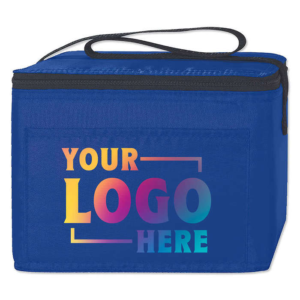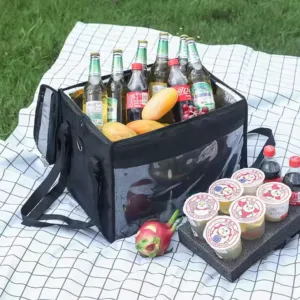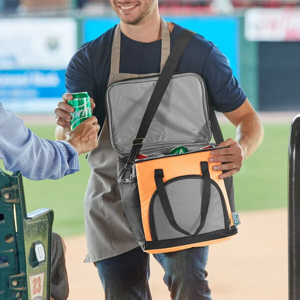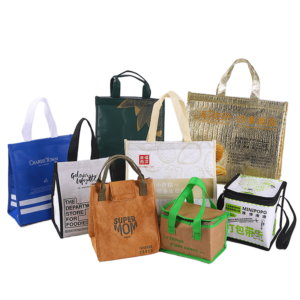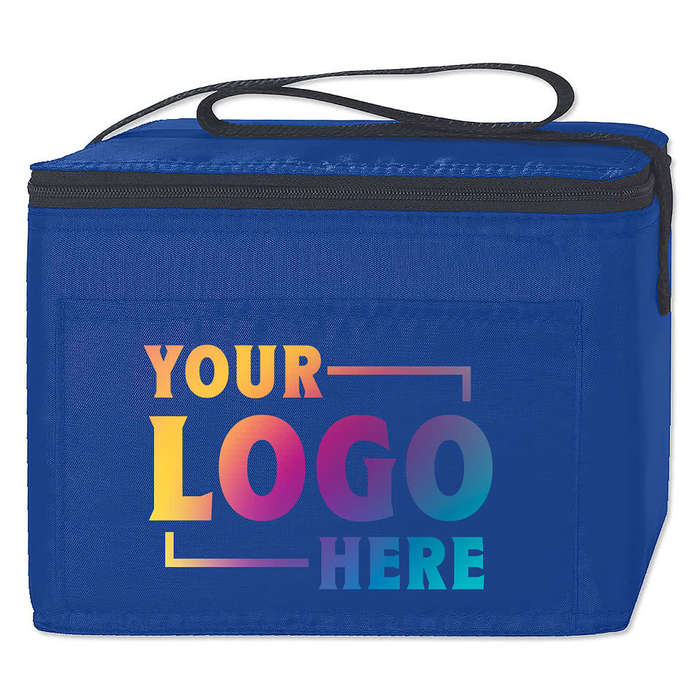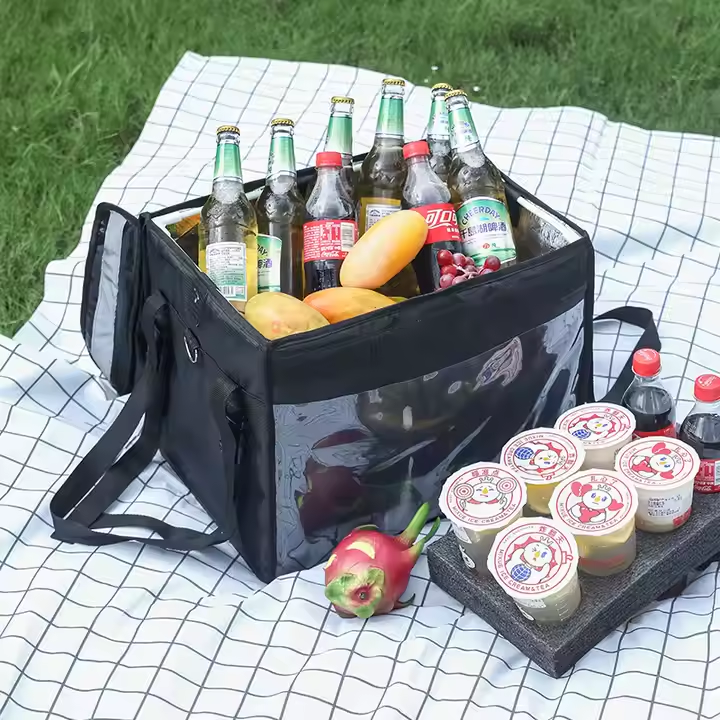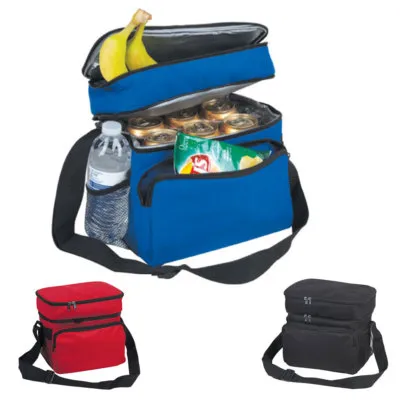Ensuring Safe, Fresh, and Efficient Shipping with Cooler Bags
6 Packaging and Shipping Best Practices for Cooler Bags
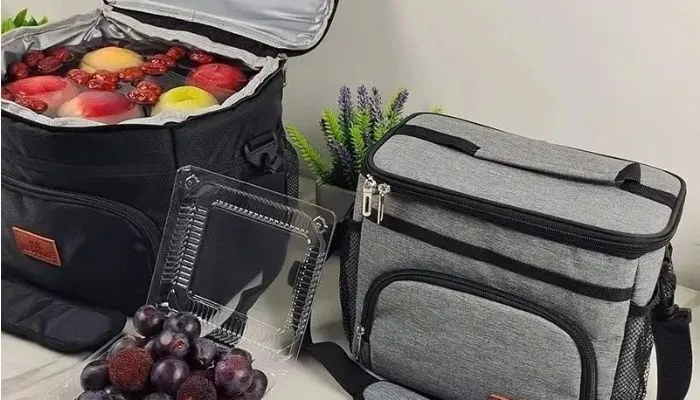
Use these six practical tips to keep food safe, fresh, and well-organized when shipping or transporting items in a cooler bag.
Get ready to discover actionable advice that’s easy to follow and improves results.
1. Choose the Right Cooler Bag and Pre-Cool It
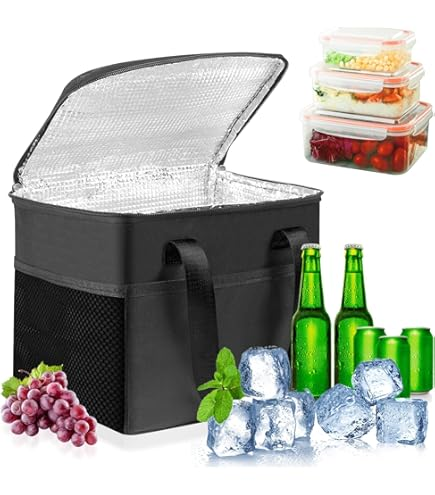
Select a cooler bag1 that fits the type and amount of food you need to ship. A properly sized bag ensures better temperature control. Pre-cool the bag by placing ice or cold packs inside for 10–15 minutes before adding food.
Why Pre-Cooling Matters
- Reduces initial warming: A pre-cooled bag starts cold, slowing warming when food is added.
- Improves ice efficiency: Ice stays solid longer in a cooler environment.
Tip: Explore high-quality cooler bags at our factory site: JiaRong Packing Cooler Bags.
2. Use Proper Layering and Separation of Food Items
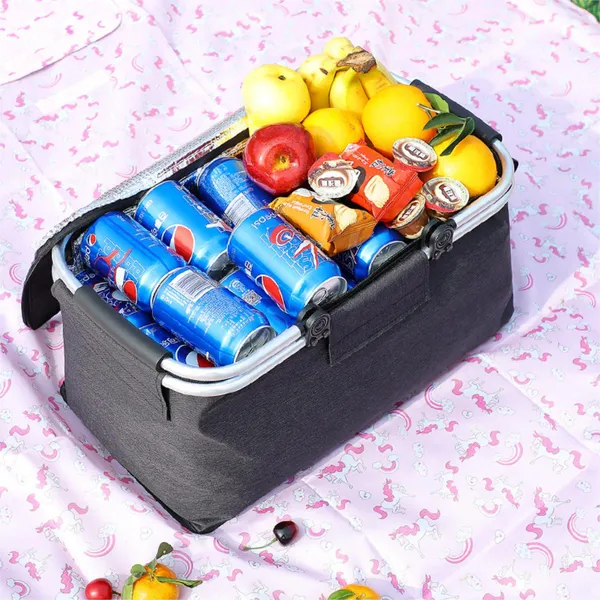
Organize food in layers to maintain safe temperatures and prevent contamination.
Layering Guide
| Layer Order | Items Included |
|---|---|
| Bottom | Raw meats in sealed containers |
| Middle | Dairy, other proteins |
| Top | Fruits, vegetables |
| Separate Section | Drinks (to reduce opening frequency) |
Additional Notes
- Reserving a section for drinks limits lid openings.
- Always seal raw meats to prevent leaks.
3. Pack Food in Watertight Containers or Bags
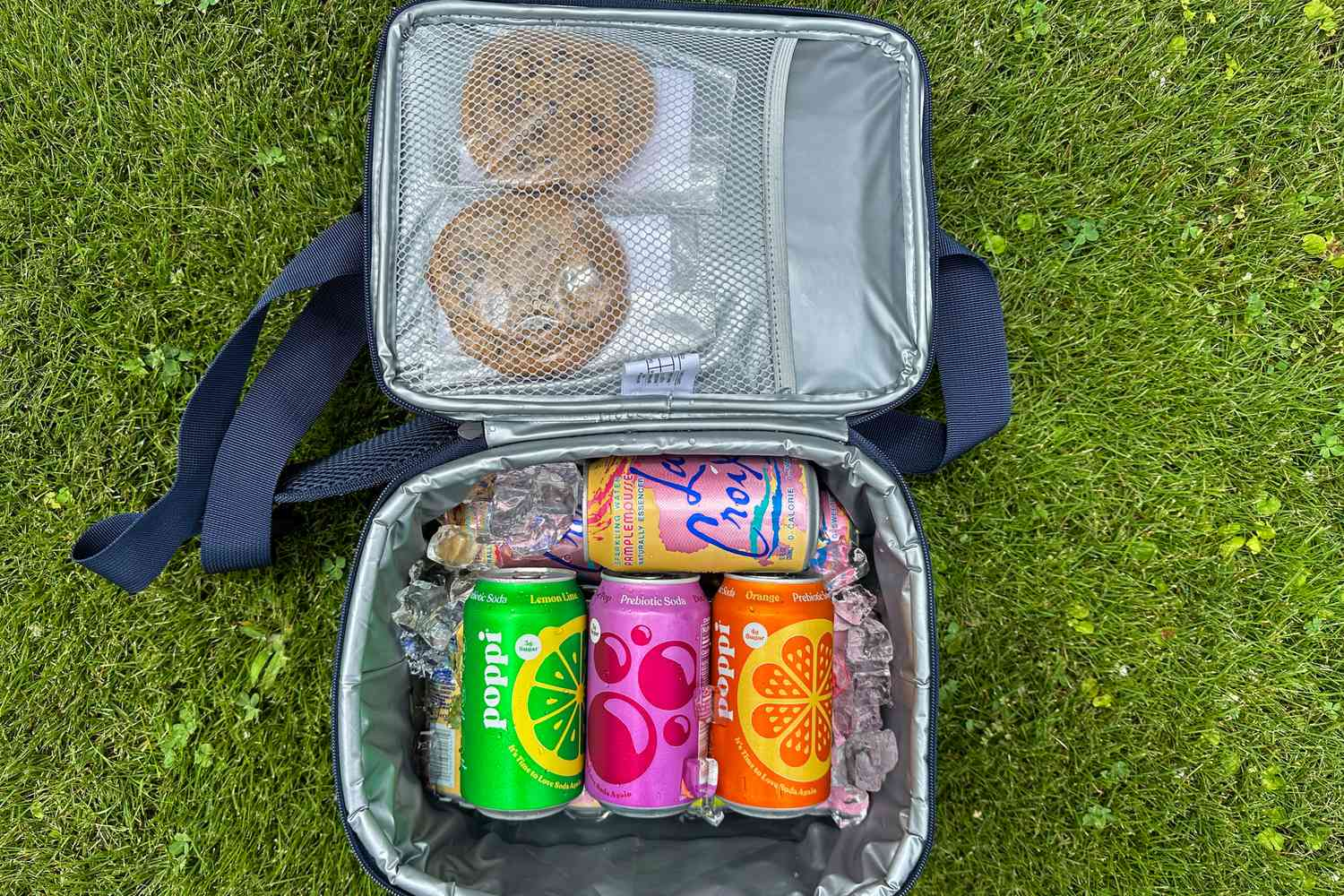
Keeping food dry is essential for freshness and safety.
- Use reusable plastic2 or airtight bags for each food group.
- Maintain dryness and structure, avoiding soggy textures.
- Makes food easier to find quickly, reducing cooler opening time.
4. Avoid Overpacking and Leave No Empty Space
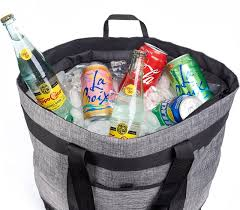
A well-packed cooler ensures more consistent temperatures.
- Fill gaps with ice or frozen water bottles to eliminate air pockets.
- A fully loaded cooler retains cold better.
- Avoid cramming: leave minimal space for airflow to avoid warm spots.
5. Use Multiple Cold Sources and Maintain Temperature Below 40 °F

Using varied cold sources helps stabilize temperature.
Recommended Cold Sources
- A mix of ice packs, ice cubes, frozen water bottles
- Monitor internal temperature with a thermometer3
Temperature Safety
- Aim for below 40 °F (4 °C) to stop bacterial growth
- Replace melted ice or frozen bottles promptly
6. Keep Cooler Bags Out of Heat and Minimize Opening

Protect cold by avoiding heat exposure.
- Store cooler in a shaded area or climate-controlled vehicle cabin.
- Add insulation by covering the cooler bag.
- Limit lid openings to include only when necessary.
- Re-seal tightly after each access to retain cold air.
Conclusion
These six steps—choosing the right bag, layering properly, using sealed containers, packing efficiently, employing multiple cold sources, and protecting from heat—work together to ensure food freshness, safety, and efficient transport.
From my experience, pre-cooling and layering make the biggest difference in keeping items fresh for hours.
Which tip will you use first? Leave a comment and let us know!
Need custom cooler bags or bulk packaging? Visit our site at JiaRong Packing to learn more.
-
Explore this link to find top-rated cooler bags that ensure optimal temperature control for your food shipments. ↩
-
Discover the advantages of reusable plastic bags in maintaining food freshness and reducing waste. ↩
-
Learning proper thermometer usage is crucial for food safety, ensuring that your food is cooked and stored at safe temperatures. ↩


